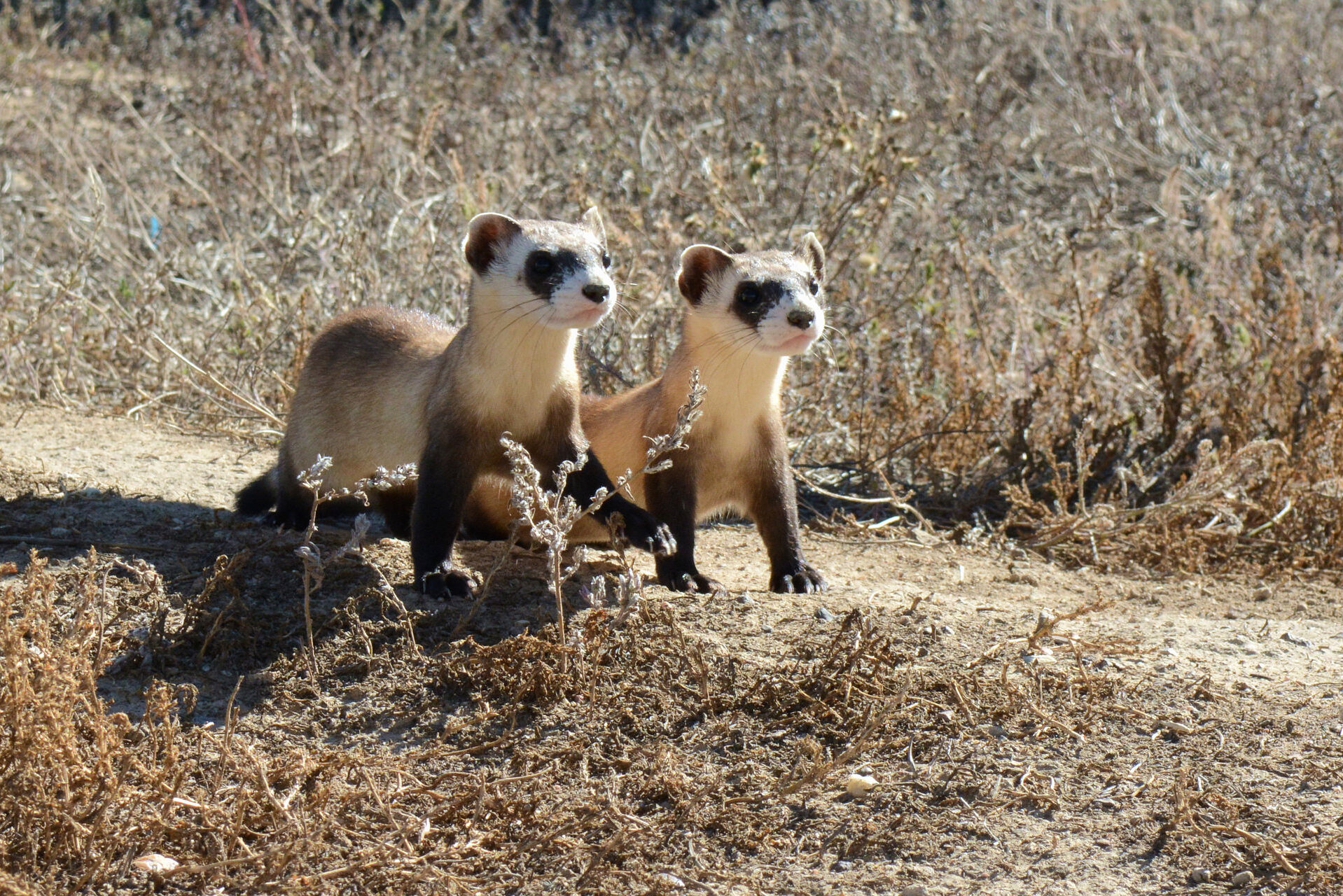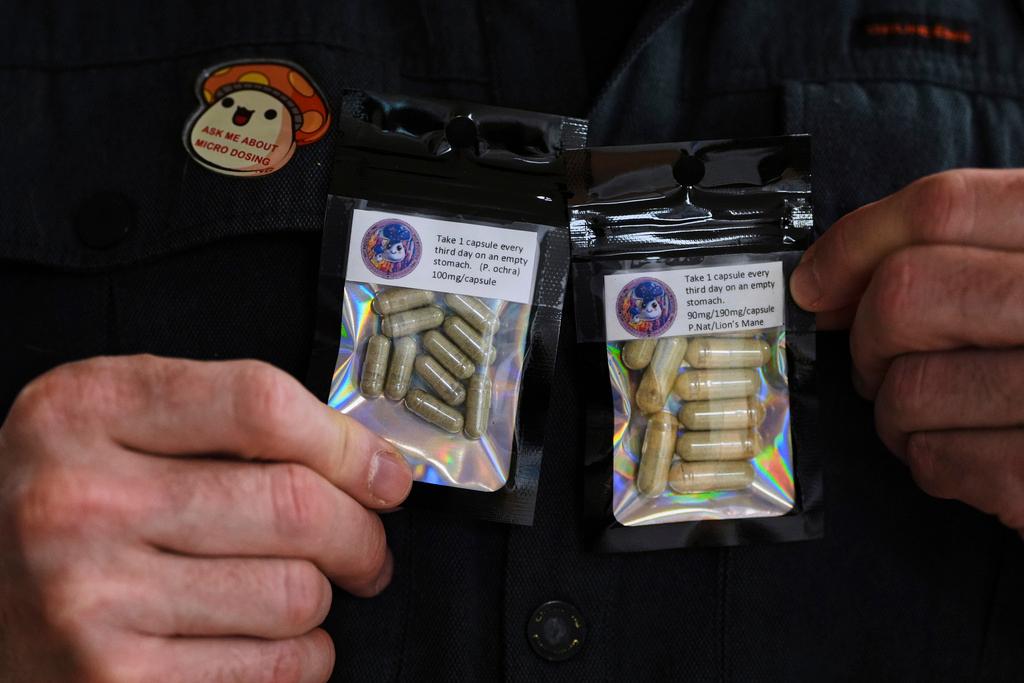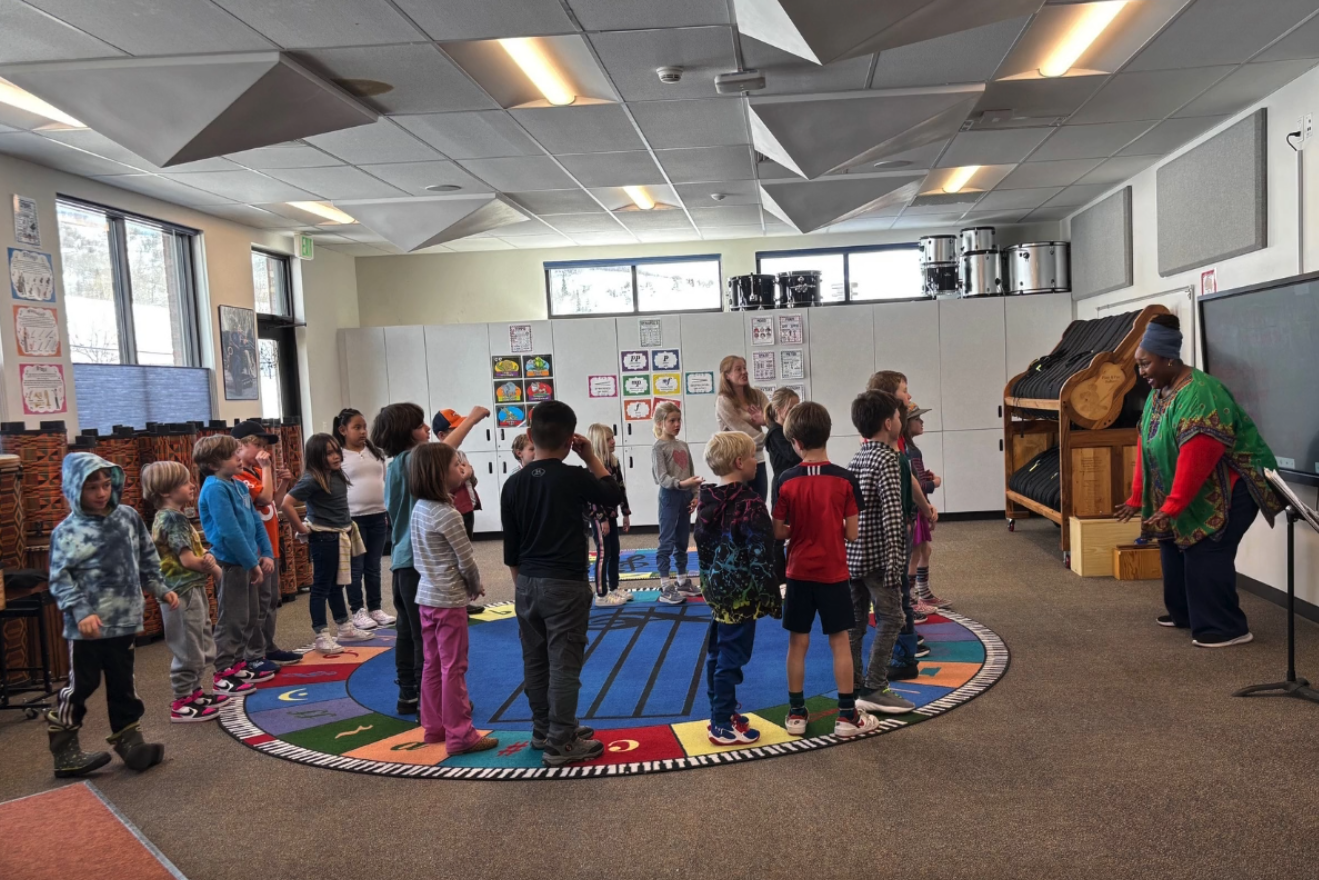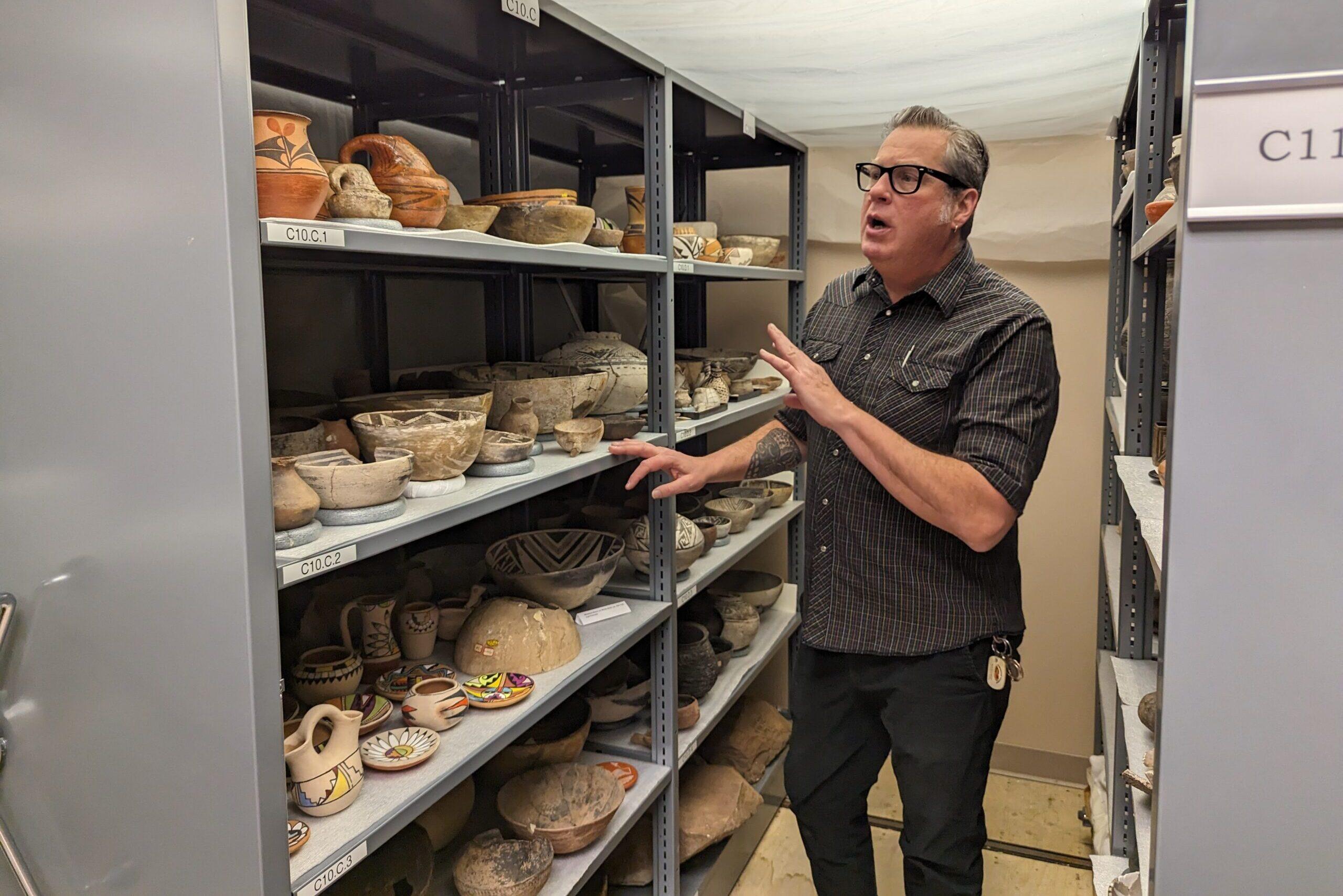
It’s unclear whose ancestors might be housed at the CT Hurst Museum in Gunnison, but the Southern Ute Tribe is among those looking to return them home.
The Southern Ute is among four tribes to respond to a request from Western Colorado University professor David Hyde, who is in the process of repatriating 25 human remains along with some other artifacts that were looted around the early 1900s. The centuries-old remains must be returned in accordance with the Native American Graves Protection and Repatriation Act (NAGPRA). Hyde said not only is repatriation the right thing to do, but the remains offer no research value given the manner in which they were plundered.
“When we talk about the looting that was going on in the 1800s and early 1900s, that's not archeology. These are treasure hunters, headhunters, folks looking for items to put in their personal collections or to sell in the antiquities market,” Hyde said. “Archaeology, it's controlled excavations. There's note-taking. It's taking a scientific approach to the recovery of data. Looters, grave robbers, treasure hunters, they don't care about any of that. They just want the items and the things that they're looking for. Not to answer questions about the past or anything like that.”
Cassandra Atencio, tribal historic preservation officer for the Southern Ute, and Xavier Watts, the tribe’s NAGPRA coordinator, discussed the Tribe’s perspective on repatriation with Colorado Matters western slope producer Tom Hesse.
Tom Hesse: Cassandra, I'd like to start kind of elementary if we can. Obviously, in this case, the CT Hurst Museum in Gunnison has these looted remains that they need to return. They reach out to the Southern Ute Tribe. Now what does that process look like on your end?
Cassandra Atencio: Once a letter comes in through either an email or through regular mail, we do go over it. We start that process to read it to see if we are affiliated. We started the process and we're at the very beginning stages of that. I don't know just yet how many other tribes that (Hyde) has reached out to. There's a certain number of tribes that may have a geographical or a cultural affiliation to this area of the state of Colorado. Of course, as Ute people, we claim that area. Our sister tribes would probably also be in on this claim, which is The Ute Mountain Ute and the Ute Indian Tribe of the Uintah and the Ouray located at Fort Duchesne, Utah. And if that becomes the case, then we as three sister tribes will meet and consult on the practice and we would all maybe make a co-claim, but we would continue consultation until both sides are satisfied.
This is obviously a pretty dense process. What are some of the biggest hurdles to managing these types of handoffs?
Atencio: We haven't really had hurdles. We've had competing claims. We've done consultation through a multi-tribal consultation. But for this process right here — where we're at with Gunnison — we're in the beginning stages. So for consultation, what we talk about would be sensitive information, but some of that would be if there's a competing claim, we would talk that out amongst ourselves as tribes, maybe like an executive session.
But in all reality, the way that we're set up here in Colorado and the way that we've worked with this museum in the beginning stages, we expect to have it be favorable. I don't think that we've really ever had anything become a major hurdle except for maybe turnover and lack of knowledge about the process from the museum side and lack of training. That would probably be the biggest hurdle if there's lack of training and knowledge about what the process is looking like and not wanting to ask questions and reach out.
Hesse: What do people not understand or what do they maybe get wrong about the NAGPRA process and what goes into repatriating artifacts and remains like this?
Atencio: Jumping to a conclusion about who they belong to and not reaching out and asking tribes. I think the biggest thing is museums or institutions did not at least consult with a proper number of tribes or all the tribes that could be affiliated. That's not what's happening here (with Western Colorado University.) From what I've read and from what I've seen in our emails, we're at the very, very beginning stages of (Hyde) reaching out to tribes and beginning the consultation process. When I talk about lack of knowledge or turnover, it's that sometimes you have good people that you build a relationship with and then they move on to other jobs within different federal agencies or other places, other museums. And so that's what I'm talking about is when you have those built relationships and then we're all reteaching again that our customs and our belief systems may be similar, but they may differ in handling and who can handle, and that's where you get it wrong — not asking and talking about those cultural connections to those ancestors or to those artifacts based purely on archeological perspective.
Hesse: Have you gotten a chance to learn much about these remains in question? I know we're very early in the process, but have you gotten to dive in a little bit on this particular claim coming out of Gunnison?
Atencio: In all honesty, no. That's a part of the consultation. The next step would be a site visit and to talk and to take our traditional ceremonial person out there to make sure that things are being looked at. But we have not gotten very far in the talks just yet. We expect those things to happen and we expect to get guidance and speak with our sister tribes about our best way to move forward with the remains and what that means. So we're at the very beginning stages and I think it's good that Western and CT Hurst Museum are trying to rectify that.
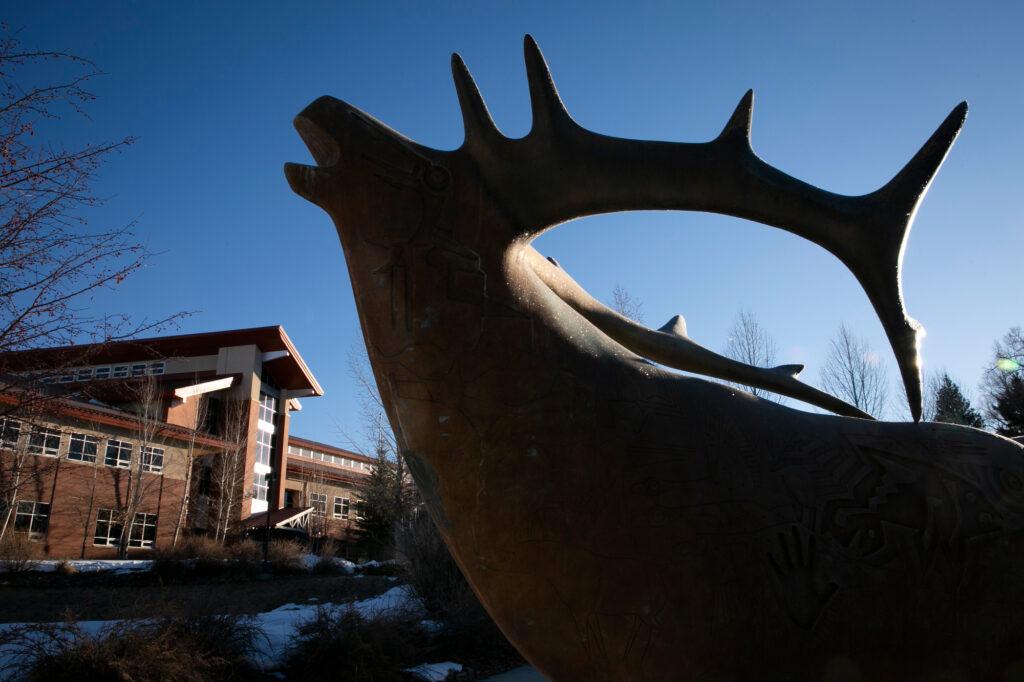
Hesse: How can museums, or maybe even the NAGPRA process more broadly, better serve tribal governments in making these handoffs easier or quicker?
Atencio: I don't know that there's something easier or quicker to be done. I think it's on a case-by-case basis as far as how cultural affiliation works and the notice of inventory and going through that process. I don't know that you really want to fast-track something. Yes, we need to get these ancestors back to where they belong as soon as possible. Yes, it's important that we give them a ceremony and that these practices are followed because there was never an intention for them to come back up.
Different tribes do different things, but I think that it's never easier when you're there in the thick of it and it's always moving — that sense of feeling of completion when it finally happens is of release and that we did a good job. And I think that's the important thing is how we come together to get it done in the best way possible. Trying to be mindful of a timeframe, but also being mindful that that timeframe might not meet what is in our heads and to make sure that we're doing it right.
Hesse: Xavier, speaking to Cassandra's point about how rewarding this process can be, I imagine the flip side of this is it must be difficult given that you're working with human remains.
Xavier Watts: Yeah, it definitely is. You can feel it. I mean, they do still have their spirit with them. Bringing them home and after the process is done and repatriating them, you do feel good because you're bringing them home.
Atencio: The difficulty for me is that in our tribe, women don't handle remains. They're on the periphery. There’s a balance that needs to be kept. And there are certain things that you can and can't do culturally.
Hesse: Obviously, it's a long ways out. But should the Southern Ute tribe take possession of these remains can you tell me what will ultimately happen with them?
Watts: We'll find a place as near as possible to where they were found so they can go back to where they were looted from, and we'll do a ceremony there.
Hesse: What should we learn from repatriation efforts like this?
Watts: That sometimes there's no land to take them back to, so we have to find a place.
Atencio: And that might take a while for them to get back to reinter them and they may be sitting there for a little bit longer. That's a part of that difficulty and the hurdle that challenge you were talking about also. So that coincides with that.
Hesse: Has NAGPRA been effective, do you think? Has it served the purpose it was supposed to?
Watts: In our opinion, yes. I think it has its pros and cons, but yes it has.
Atencio: I agree with that. I mean, there could be different things. Here in Colorado, we work pretty well together in our consultation. Working together is not so daunting. And so, I think NAGPRA for the most part, yes, I think it's been effective. If we didn't have NAGPRA, those ancestors would still be objects and not thought of as human people and be still utilized for scientific study — that misperception that Native and Indian people, tribal people, were less than human and that it's okay to study us, which it goes against our belief systems and the way that our life ways were the way that we were taught.
- 3 decades later, Western Colorado University is trying again to return looted remains to rightful home
- For the first time, Colorado details dark historical chapter of attempted forced assimilation of Indigenous children in extensive report
- New state report on Indigenous boarding schools uncovers more dark history for Fort Lewis College. Leaders are doubling down on reconciliation
- A year into its investigation into Indian boarding schools, History Colorado begins to lay out steps toward reconciliation
- Artifacts And Human Remains Collected Years Ago To Be Returned To Tribes



